International comfort products PGN5 Series User manual
Other International comfort products Air Conditioner manuals
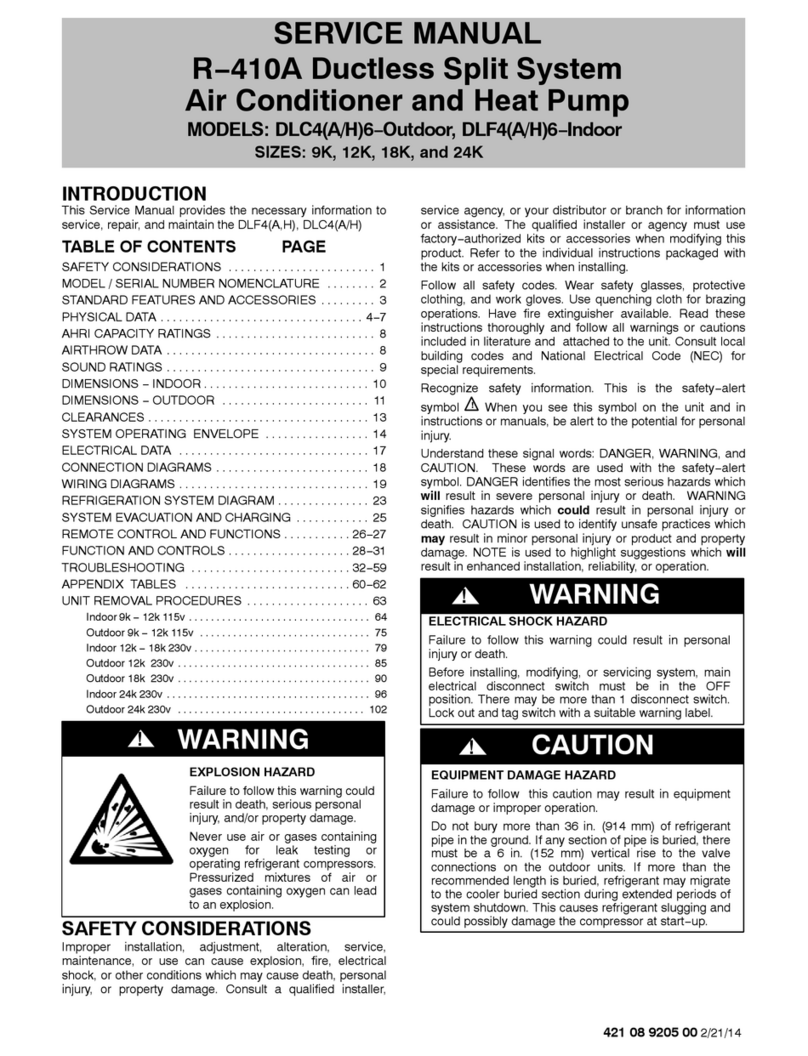
International comfort products
International comfort products DLF4A6 User manual
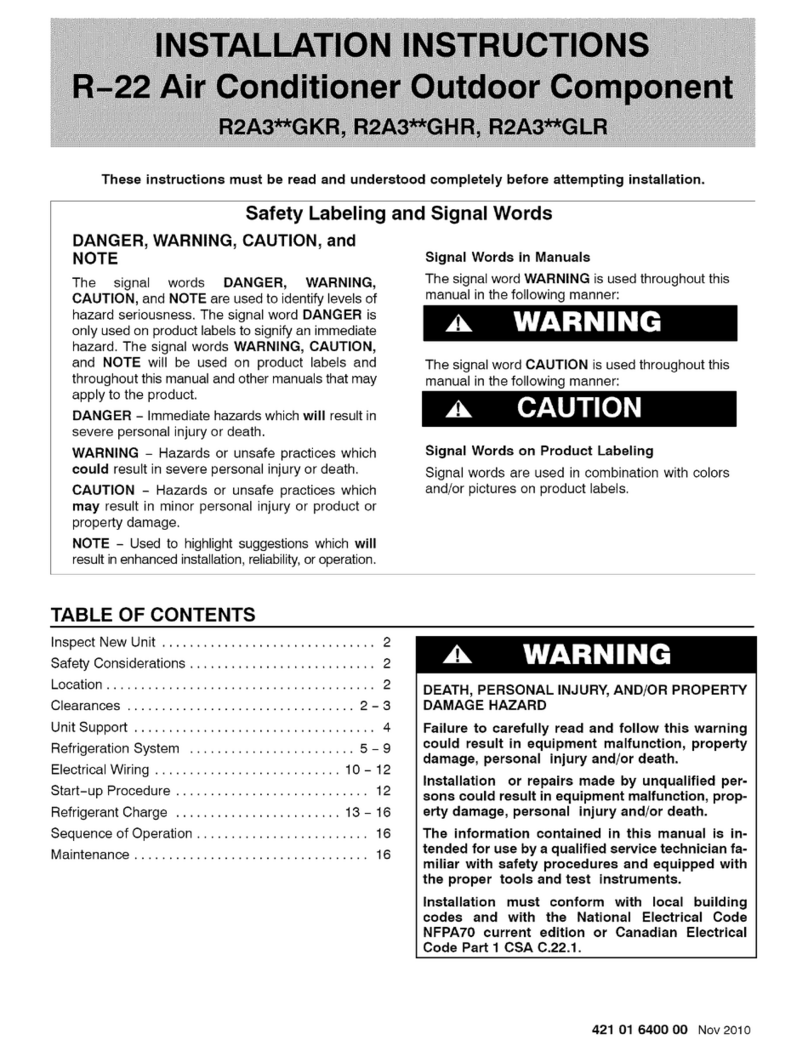
International comfort products
International comfort products R2A3 GKR Series User manual

International comfort products
International comfort products 40MBFQ User manual
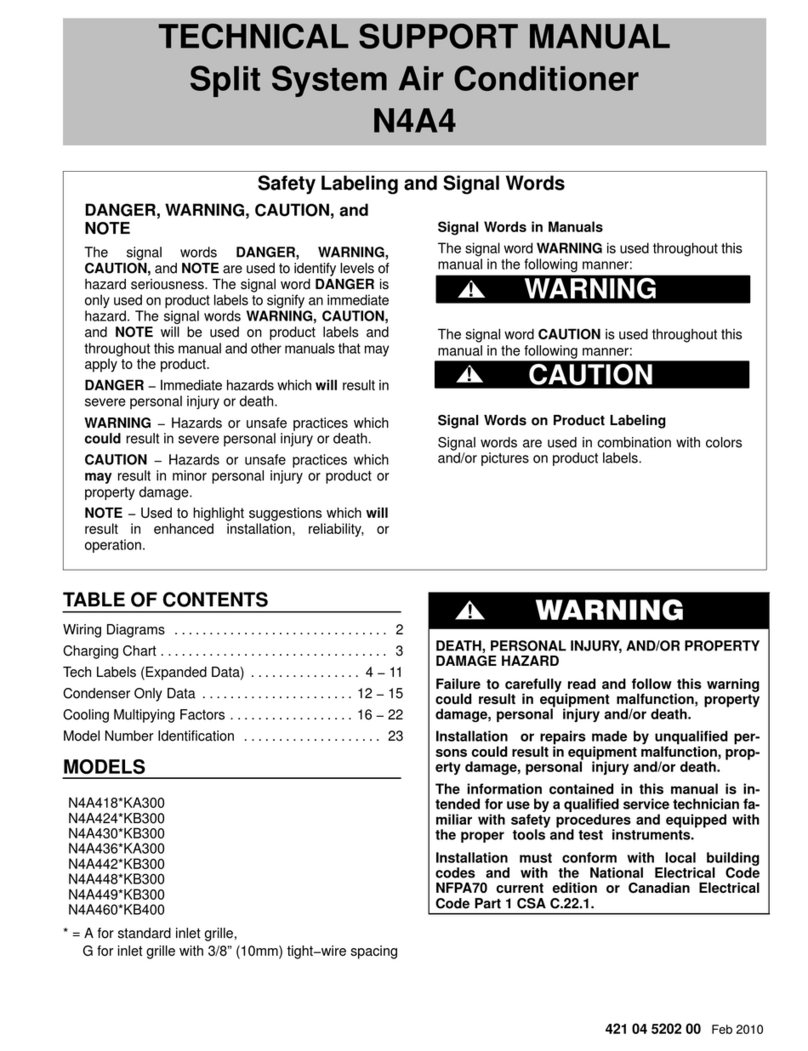
International comfort products
International comfort products N4A4 Series Installation instructions

International comfort products
International comfort products H2A336G D200 series Installation instructions
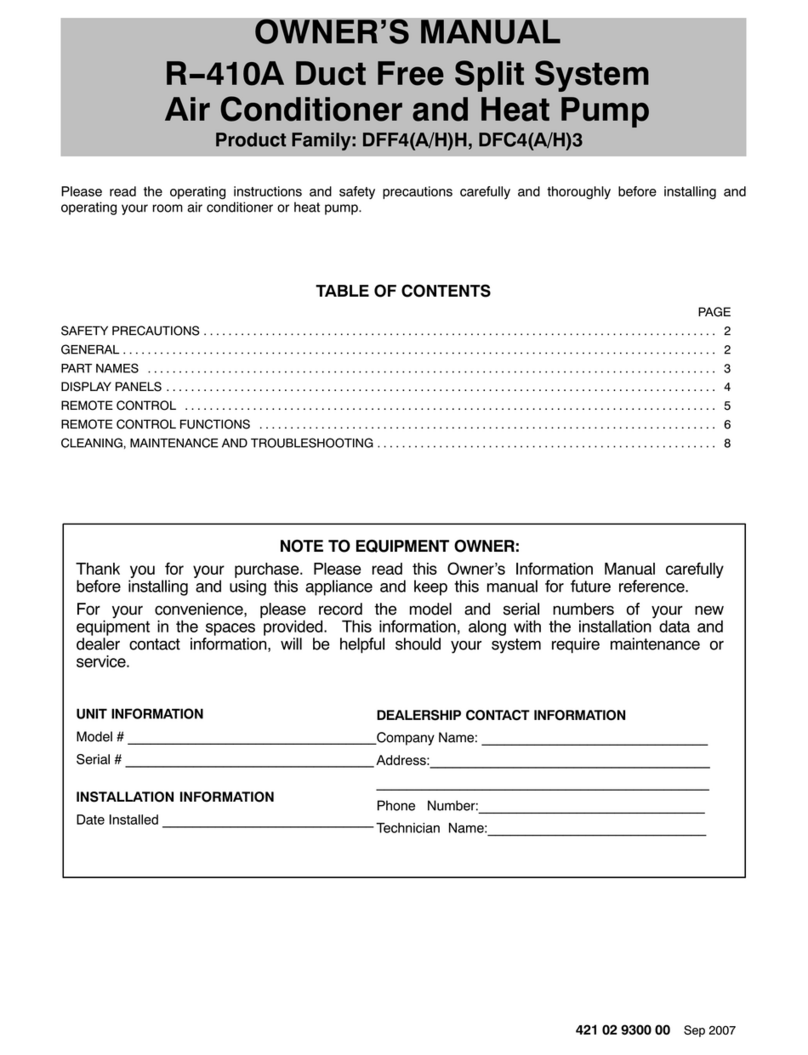
International comfort products
International comfort products R-410A User manual
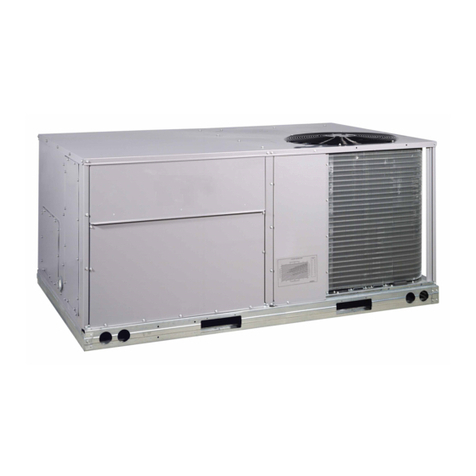
International comfort products
International comfort products RAS060 User manual
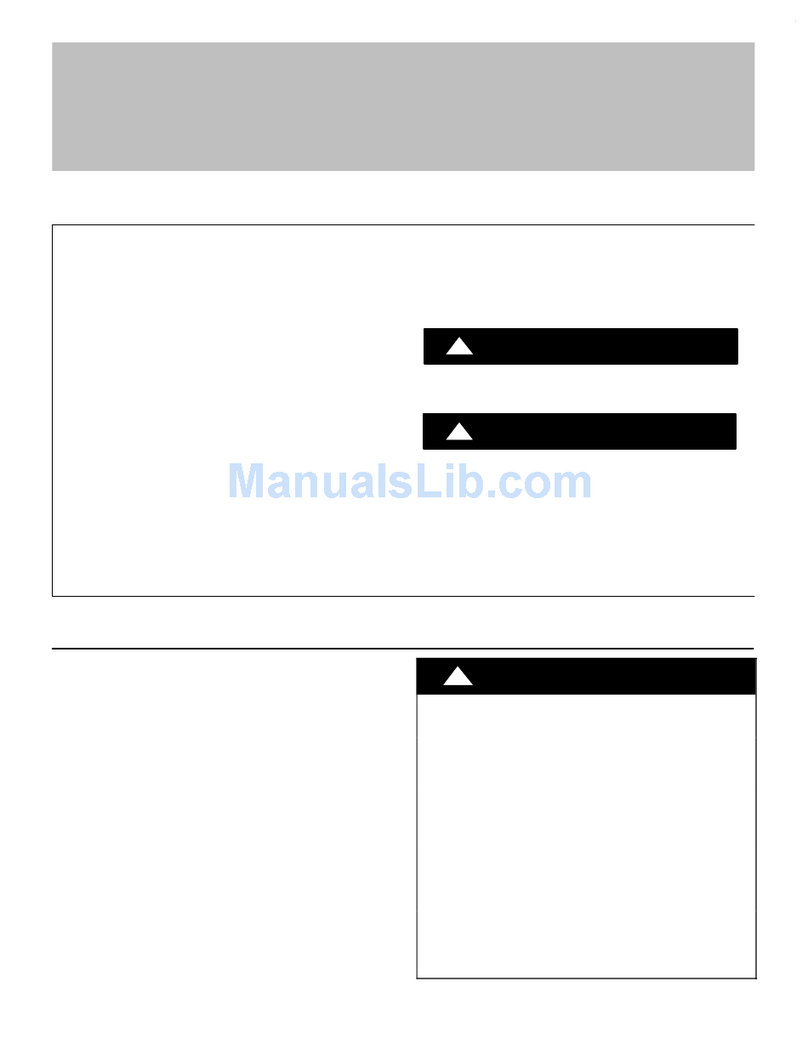
International comfort products
International comfort products N2A3 Series User manual
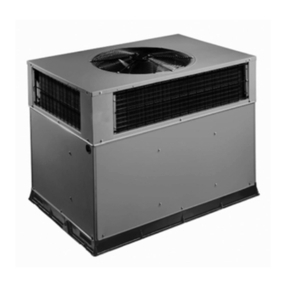
International comfort products
International comfort products PAN324 User manual
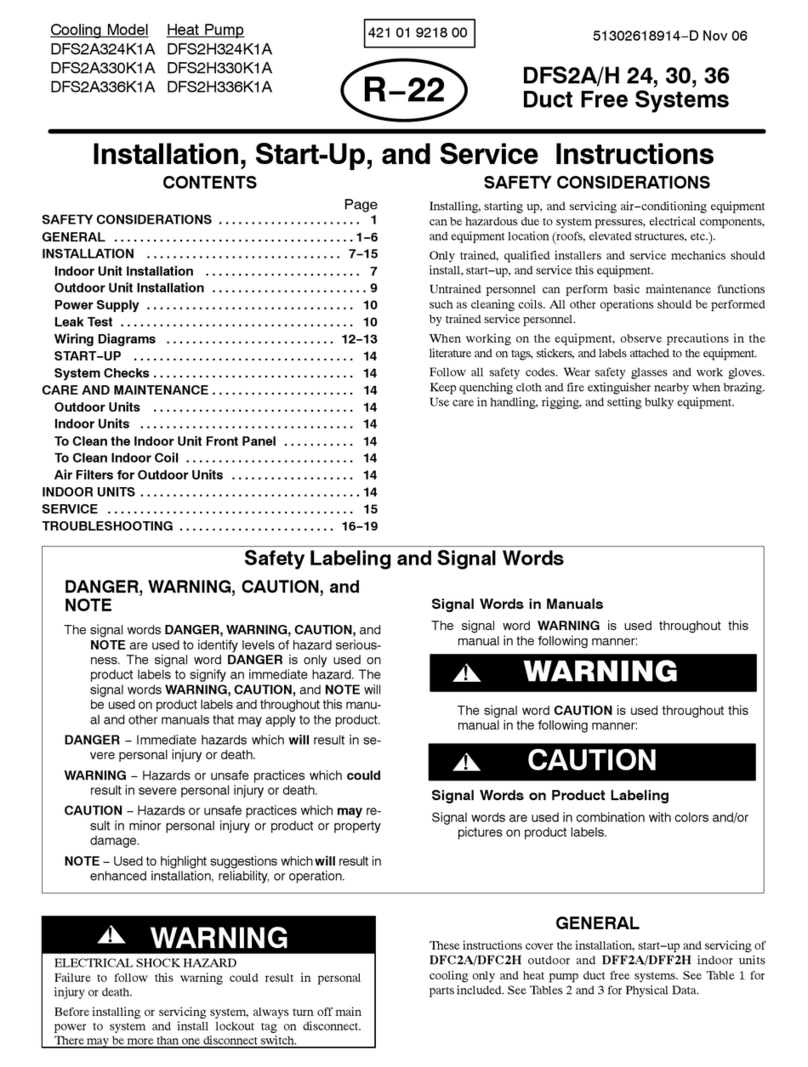
International comfort products
International comfort products DFS2A324K1A Manual
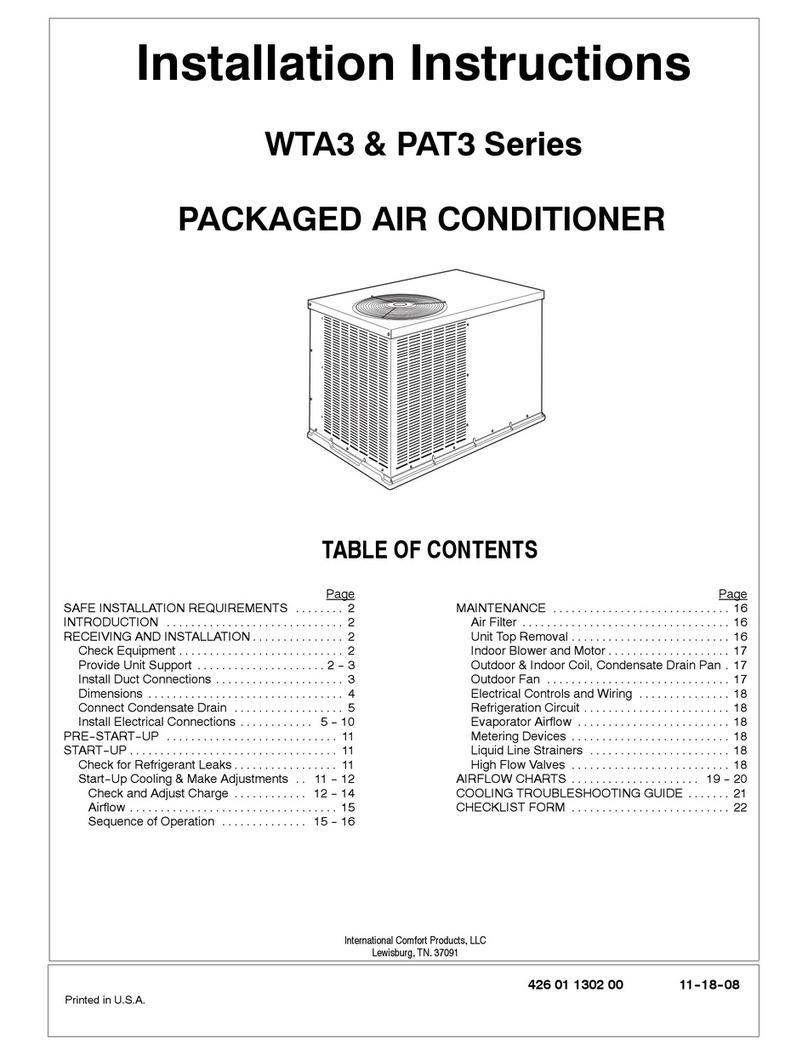
International comfort products
International comfort products PAT3 Series User manual
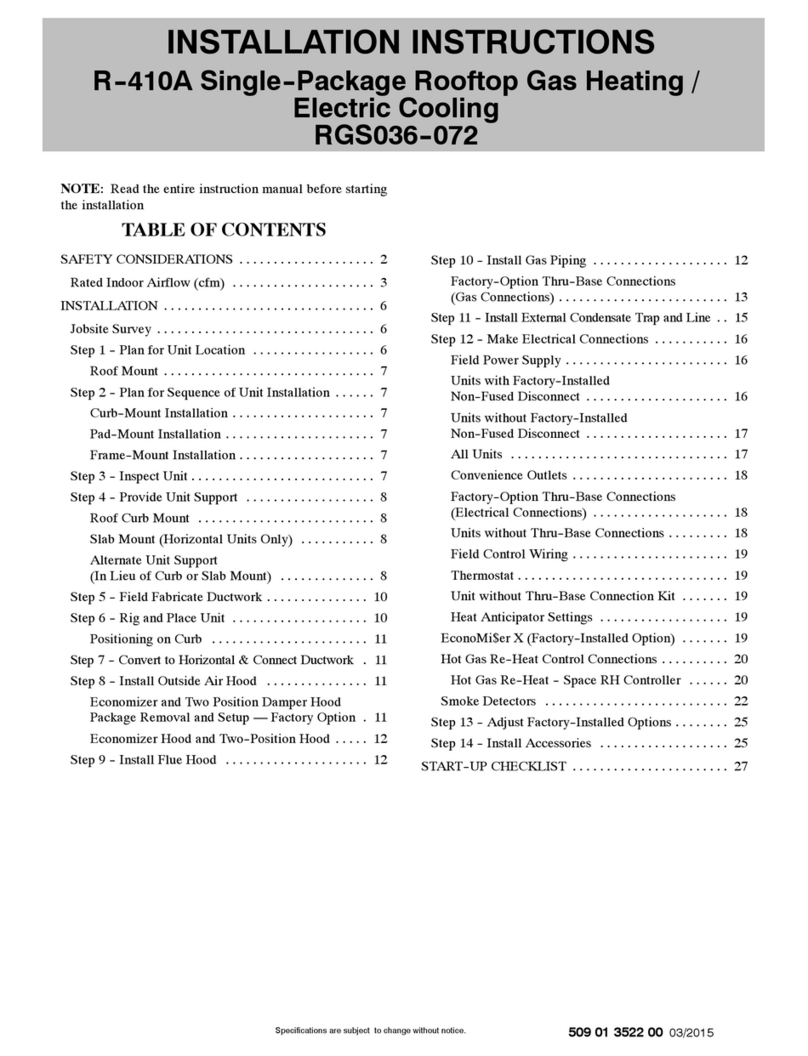
International comfort products
International comfort products RGS036 Series User manual
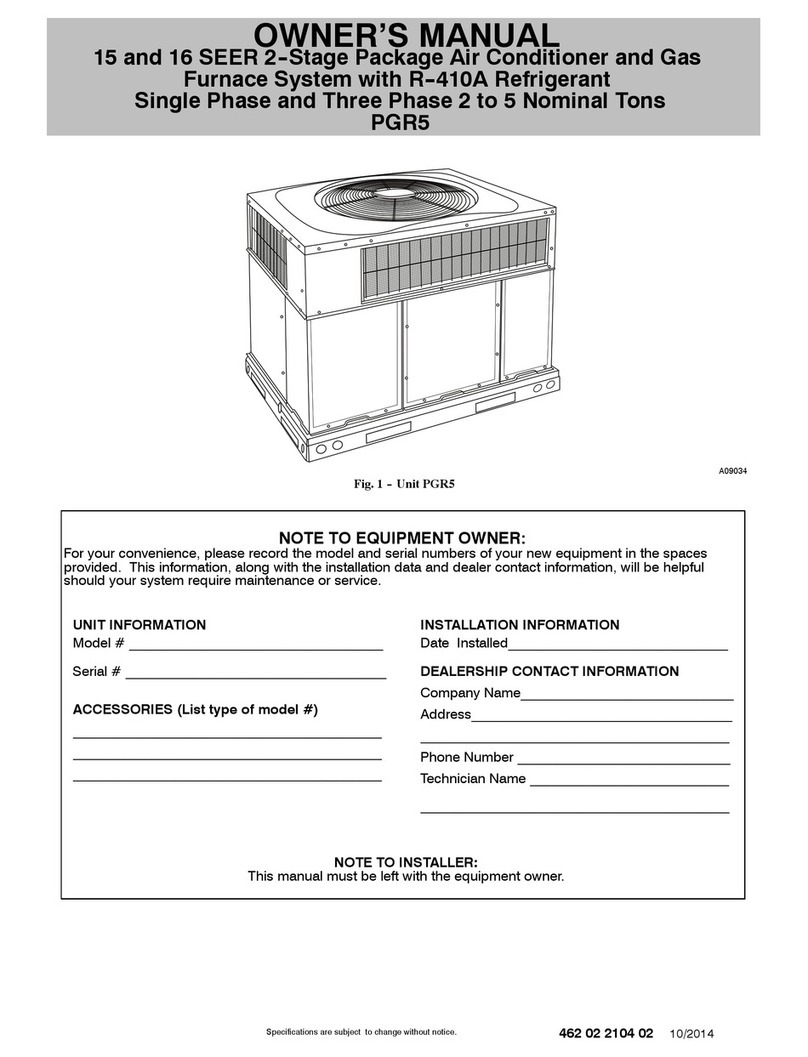
International comfort products
International comfort products PGR5 User manual
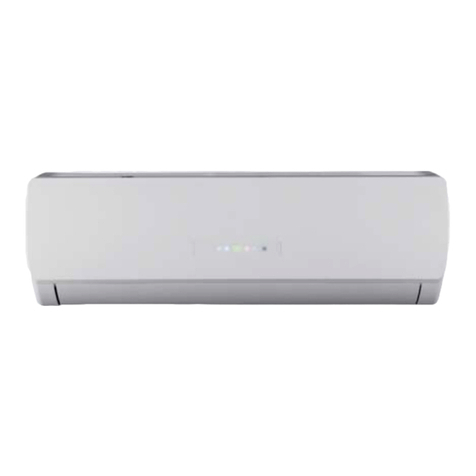
International comfort products
International comfort products DLFBB09K User manual

International comfort products
International comfort products CAS180 User manual

International comfort products
International comfort products CAC075 User manual
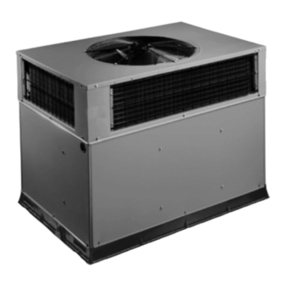
International comfort products
International comfort products PGD3 Series User manual

International comfort products
International comfort products DLC4A User manual
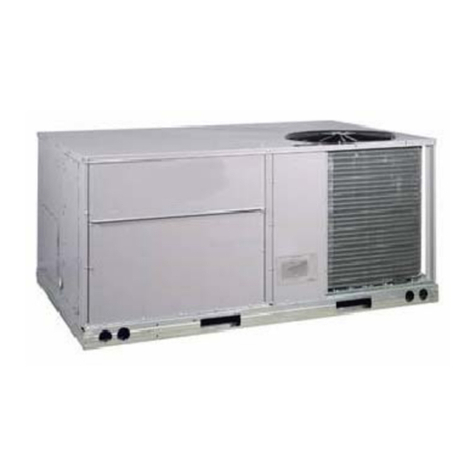
International comfort products
International comfort products PAE Series User manual

International comfort products
International comfort products PAF Series User manual
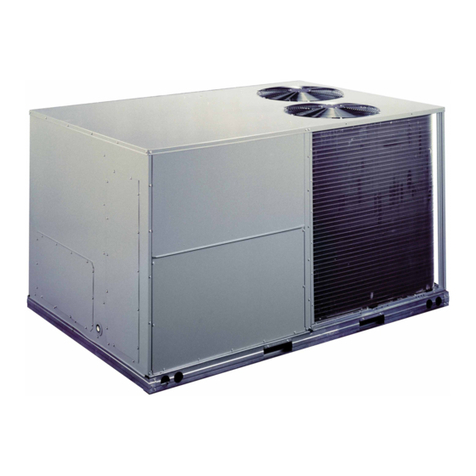
International comfort products
International comfort products RGS Series Installation and user guide
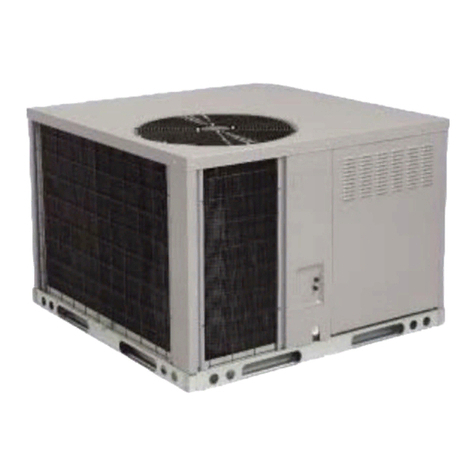
International comfort products
International comfort products PGX3 Series User manual
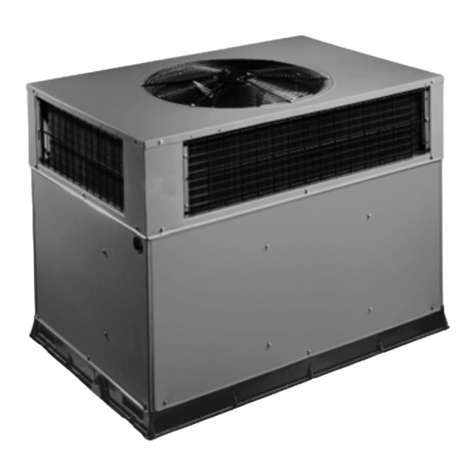
International comfort products
International comfort products PGN4 Series User manual
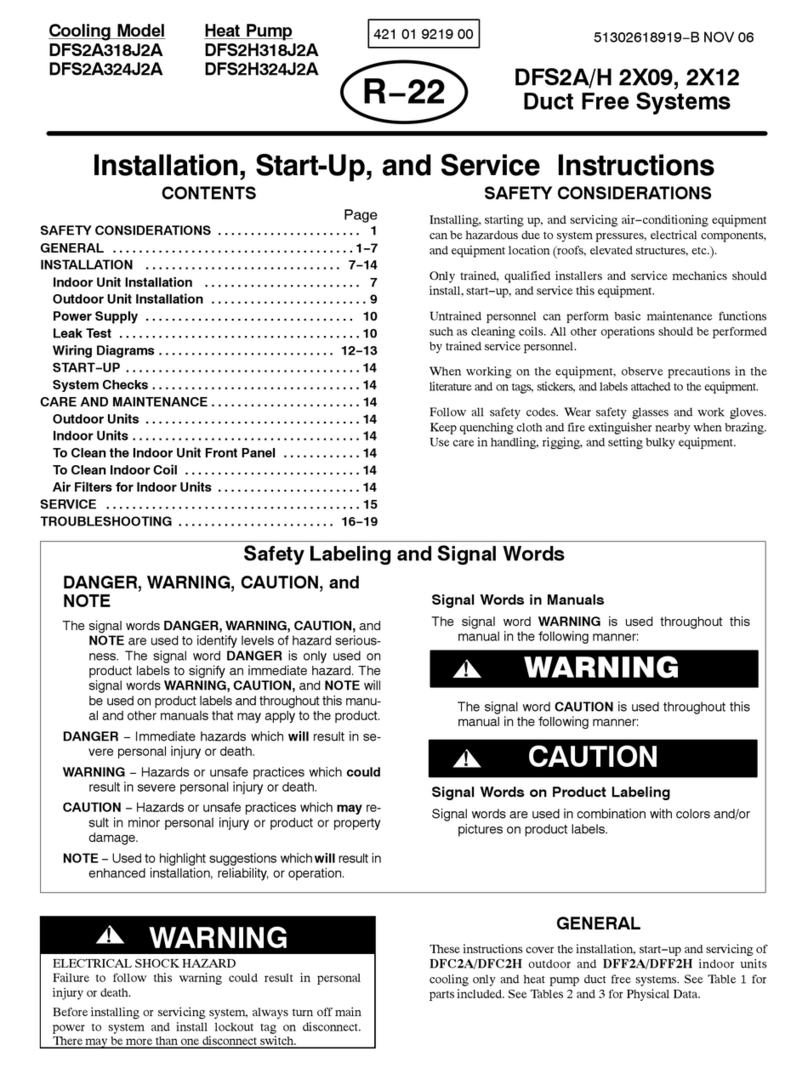
International comfort products
International comfort products DFS2A318J2A Dimensions and installation guide
Popular Air Conditioner manuals by other brands

Fujitsu
Fujitsu ASYG 09 LLCA installation manual

York
York HVHC 07-12DS Installation & owner's manual

Carrier
Carrier Fan Coil 42B Installation, operation and maintenance manual

intensity
intensity IDUFCI60KC-3 installation manual

Frigidaire
Frigidaire FAC064K7A2 Factory parts catalog

Sanyo
Sanyo KS2432 instruction manual

Mitsubishi Electric
Mitsubishi Electric PUHZ-RP50VHA4 Service manual

Panasonic
Panasonic CS-S18HKQ Service manual

Panasonic
Panasonic CS-E15NKE3 operating instructions

Gree
Gree GWH18TC-K3DNA1B/I Service manual

Friedrich
Friedrich ZoneAire Compact P08SA owner's manual

Daikin
Daikin R32 Split Series installation manual















